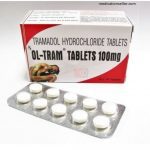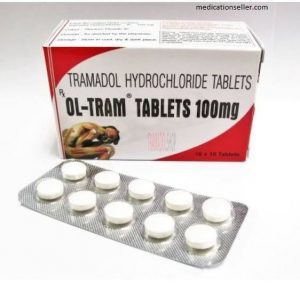Most Americans know someone with diabetes. At this point, diabetes is so common across the country that it affects most families. It’s a chronic condition related to your body’s ability to manage glucose and the process by which you convert food into energy.
For the most part, people eat food for energy. The food we eat gets us through the day, it’s the reserve energy we can call upon when we are exercising or going without food for a while. Bread, meat, fruit, and other foods are broken down and converted into glucose. It moves into your blood and is delivered where your body needs energy.
That may sound great, but people can also have too much glucose, or sugar, in the body. When you eat too much food, or too much sugar (candy, etc.), then you need a way to bring the sugar in your blood down to a normal range. When your blood sugar is too high, your body signals to your pancreas that it needs more insulin.
This delicate balance is required to keep healthy blood sugars. When part of the process breaks down, you have issues. Diabetes is the name for what happens when there is a disconnect between your pancreas and the rest of your body. Either it’s unable to process the sugars, or it breaks down completely and stops producing insulin altogether.
Here’s some helpful information about diabetes, its symptoms, and ways you can treat it.
The Two Types of Diabetes
In general, there are two types of diabetes. In type 1 diabetes, something happens to your body that shuts down your pancreas permanently. People with type 1 diabetes cannot produce insulin in the quantities required to process food and sugars. Often, people are diagnosed with type 1 diabetes early because the signs become so evident. Patients are constantly thirsty, go to the bathroom a lot, feel dizzy, tired, etc. These people will have to take insulin exogenously for the rest of their lives. In the past, that meant self-administering shots of insulin up to several times a day and using finger-prick glucose monitors. Now, though, there is a wide variety of pumps and blood sugar monitors that sync with smartphones to constantly measure sugars and administer the right amounts of insulin.
Those with type 2 diabetes have trouble processing sugar because of weight and other health issues. When the body fails to keep blood sugar in normal ranges, people experience many of the same symptoms as folks with type 1 diabetes. The vast majority of people have type 2 diabetes. Typically, obesity is closely tied to a type 2 diagnosis. Changing eating and living habits can dramatically improve symptoms and eliminate the need for insulin administration and other medicines completely.
Treating Diabetes
As stated, one of the best things you can do to manage the symptoms and avoid type 2 diabetes is to live a healthy lifestyle. Staying in a healthy weight range and remaining physically active make it easier for your body to produce the right amount of insulin each day. You also avoid overloading your body with too much glucose that comes from eating sweets, unhealthy carbs, or simply too much food.
Additionally, those who are dealing with diabetes right now should see a doctor regularly who can prescribe medicines and other medical interventions aimed and lessening symptoms.
How Peptides Impact Diabetes & Blood Sugar Levels
Melanotan 2, or MT 2 is a synthetic analog of the alpha-melanocyte-stimulating hormone. It was originally developed in the 1980s and has since been used in a variety of treatments. Research shows that leptin, which increases the uptake of glucose and suppresses glucagon production, is regulated through melanocortin receptors. MT 2 produces similar effects as well, helping to regulate the production of leptin. The use of research peptides in treating diabetes shows that exogenous administration of MT 2 has better effectiveness than leptin administration.
Understanding diabetes and potential treatments can help you manage blood sugars more effectively and live a full and healthy life.

































































